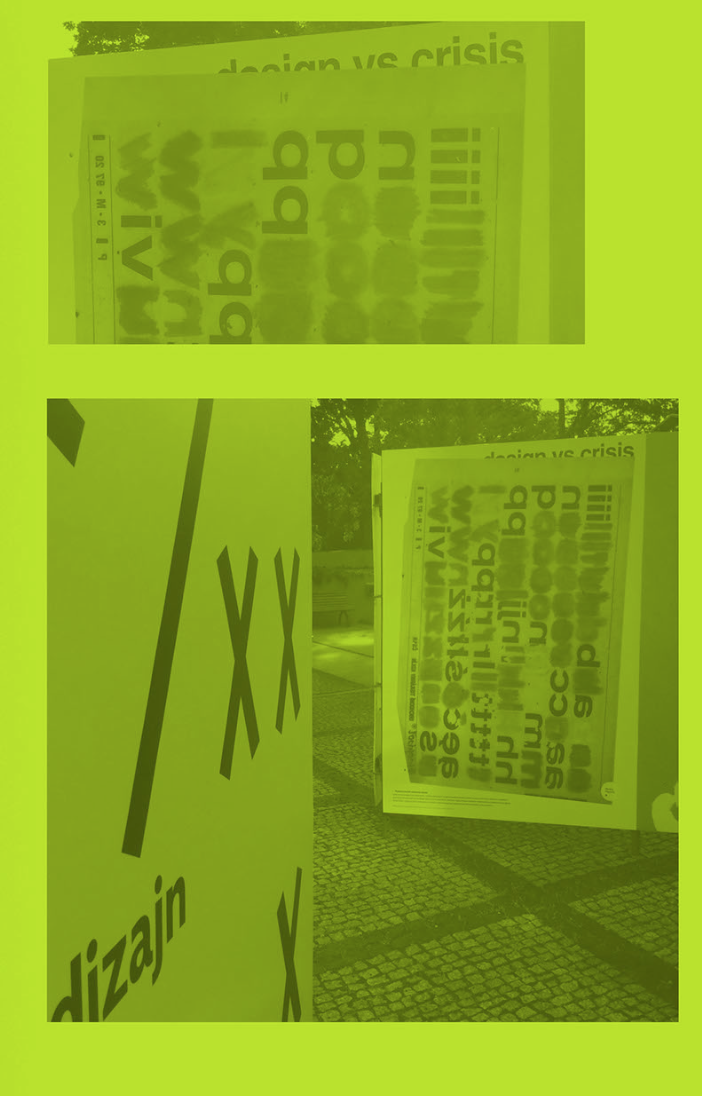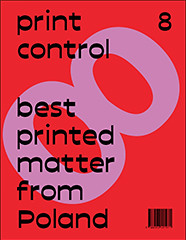Design vs Crisis

 project Design vs Crisis
project Design vs Crisis
design Nikodem Pręgowski
link www.behance.net/nikodempregowski
An exhibition poster for the Polish-Ukrainian “Design vs Crisis” project. It was an open air exhibition, and took part in the 7th edition of the International Poster and Typography Festival at the Centre for Contemporary Art “Znaki Czasu” in Toruń. The design refers us to the now-forgotten font setting technique in which the letters were transferred from tracing paper directly onto the paper, using a stylus. Popular “Letrasets” (the name comes from the british company, Letraset, which introduced kits of tracing paper with various fonts which were very useful to designers in the 60s) didn’t have to wait long for a Polish equivalent, called “Kalkotext.” To designers, “Letrasets” remained a much sought-after tool throughout the 70s and 80s. In his youth, the poster’s author used to play with used “Letrasets,” which his mother had used for her poster designs. In the Polish context, “Letrasets” served as the main, makeshift substitute for professional desktop publishing tools, and were the precursor to sticky letters which later fuelled the popularisation of amateur typography after the transformation of 1989.
Plakat zaprojektowany na wystawę polsko-ukraińskiego projektu „Design vs Crisis”. Była to plenerowa wystawa w ramach 7. Międzynarodowego Festiwalu Plakatu i Typografii w Centrum Sztuki Współczesnej „Znaki Czasu” w Toruniu. Plakat przywołuje zapomnianą dziś metodę składu tekstu poprzez transfer liter z kalki technicznej za pomocą gładzika bezpośrednio na papier. Popularne „letrasety” (nazwa pochodzi od brytyjskiej firmy Letraset, która wprowadziła w latach 60. na rynek zestawy kalek różnych krojów pism, będące ułatwieniem dla projektantów) szybko doczekały się swojego polskiego odpowiednika, którym był „Kalkotext”. „Letrasety” były w latach 70. i 80. bardzo pożądanym przez projektantów narzędziem. Autor plakatu sam, jako dziecko, bawił się wyczerpanymi już w połowie kalkami, które wcześniej służyły jego mamie do projektowania plakatów. W polskich realiach „letrasety” były kryzysowym substytutem profesjonalnego składu komputerowego i protoplastą liter samoprzylepnych, które przyczyniły się do rozpowszechniania amatorskiej typografii po transformacji ustrojowej w 1989 roku.




